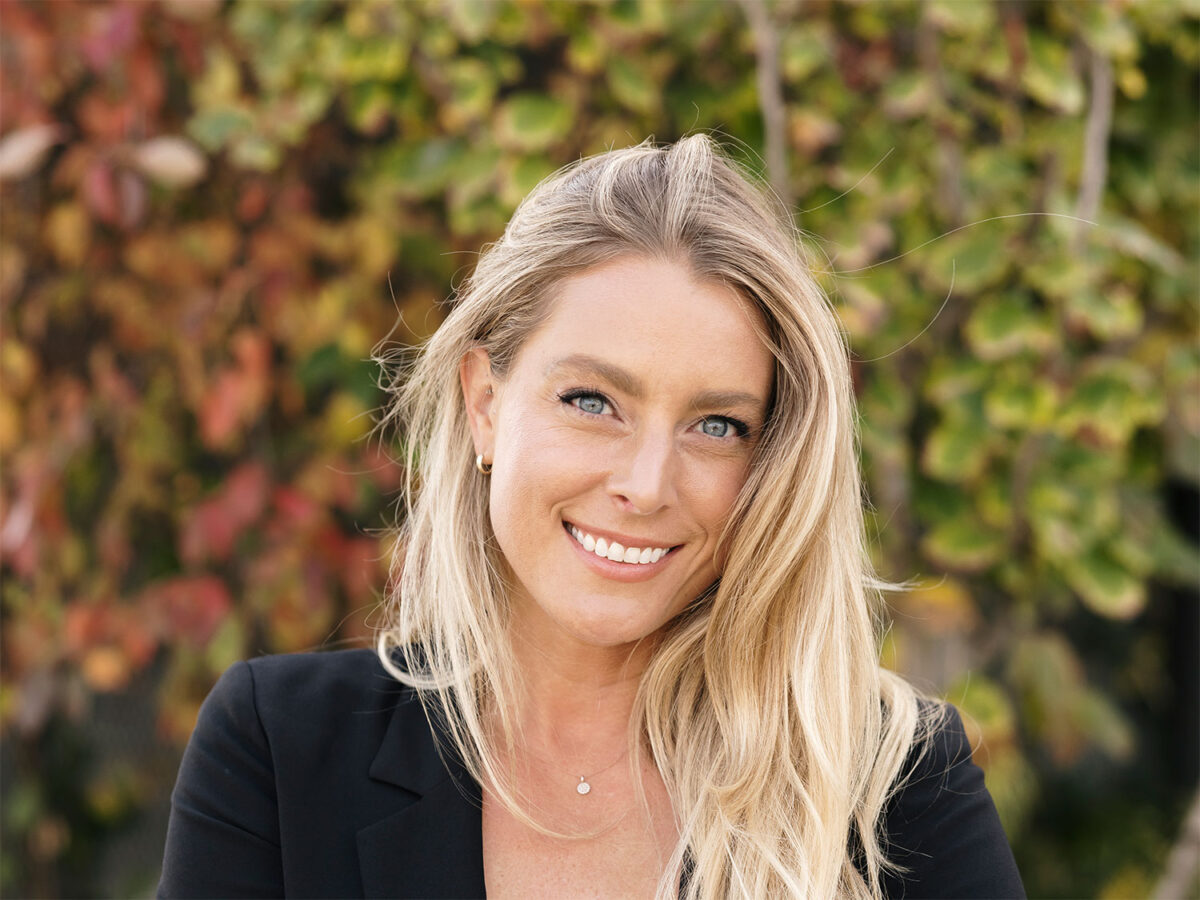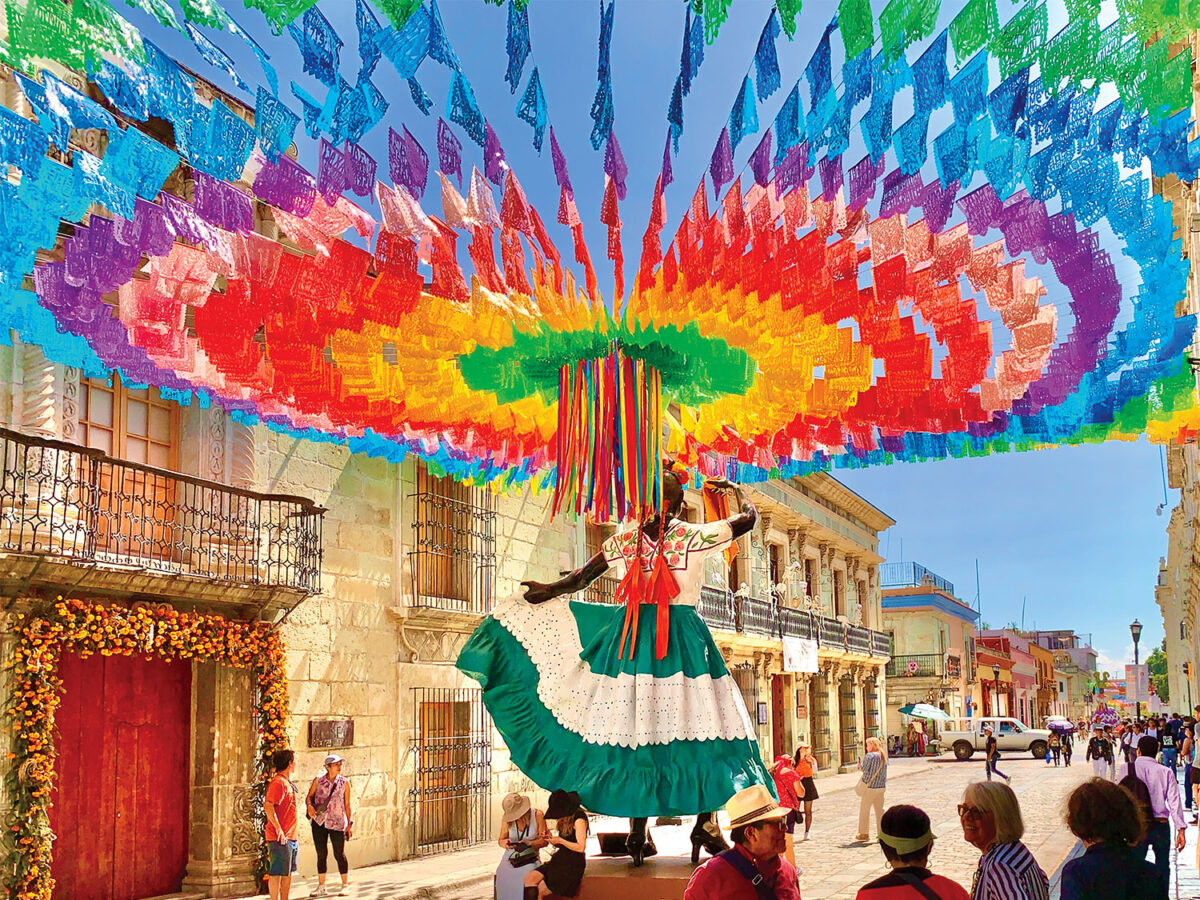With new COVID-19 restrictions in effect this week for large events in California, the Golden State now has the lowest rate of new cases in the U.S., according to the Center for Disease Control and Prevention. As of Sept. 22, the weekly rate for the state was about 96 new cases per 100,000 residents.
This number makes California the only state in the nation to drop below what the CDC considers a “High” level of virus transmission. The decline in new COVID cases comes on the heels of a nationwide resurgence last month which health officials say was a result of the Delta variant.
Neighboring states, Oregon, Nevada and Arizona all have rates above 200. West Virginia fared the worst with a case rate that soared above the rest of the country this week at more than 700 new cases per 100,000 people. In California, counties like Los Angeles and San Francisco helped the state fare better than the rest of the country by reenacting facial covering restrictions during the summer case spike, health officials say.
While a steady decline in new COVID cases in California is reassuring to many, the CDC still considers the state to have a “Substantial” rate of spread. California would have to cut its new cases nearly in half to be downgraded to a “Moderate” transmission level.
With the latest restrictions that took effect this week, state lawmakers are hoping to drive up vaccination rates as 99% of cases reported in the first half of this year occurred among unvaccinated people, state health officials say.
California is requiring proof of vaccination or a negative COVID test at indoor gatherings with more than 1,000 attendees. Outdoor gatherings of 10,000 people or more, which the state calls “mega events,” are required to ask attendees if they are vaccinated, though proof is not required. Nearly 70% of eligible Californians are fully vaccinated, according to state data.
In Los Angeles County, stricter mandates are about to take effect on Oct. 7. The Department of Public Health will require proof of vaccination or negative test results to attend both indoor and outdoor mega events. The county will require bars, wineries and breweries to check their indoor patrons for proof of vaccine or negative tests. It will also “strongly recommend” restaurants do the same for indoor dining.
The county rules will apply to Beverly Hills watering holes and restaurants, and it may apply to events like the Holiday Lighting Celebration if the order remains in place by the event’s scheduled date of Nov. 18. The lighting celebration has hit the 10,000-person threshold in previous years, according to city staff.
A Beverly Hills initiative called First Thursdays starts the same night the new order takes effect. First Thursdays encourages businesses to offer discounts and other special offers on the first Thursday of every month in an effort to drive new excitement about nightlife in the city. While the county rule will not take effect until midnight on Oct. 7, it could affect bars that may be participating in the event that night.
In Beverly Hills, the city’s code enforcement division has been tasked with leading enforcement of the county order, city staff told the Courier. Beverly Hills Police Dept. will also assist in enforcement as police departments throughout the county are expected to enforce the new rules.
As of Sept. 22, Los Angeles County’s seven-day case rate was 14.9 per 100,000 residents while San Francisco’s was 10.8, San Diego’s was 19.1, Orange County’s was 10.4, and Ventura’s was 16.4.
While Beverly Hills has seen a relatively low number of total cases since the beginning of the pandemic, its rate of transmission is above neighboring cities, according to county public health data. Beverly Hills has seen a total case rate of 10,238 per 100,000 residents, West Hollywood has a rate of 9,510 and Santa Monica’s rate is 6,963. The City of Los Angeles has had a rate 14,582 since the pandemic started.







